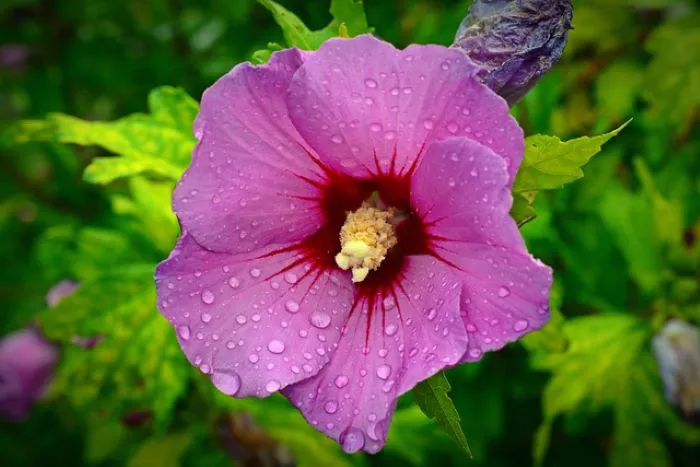Hibiscus flowers are celebrated for their stunning beauty and vibrant colors. They are a popular choice for floral arrangements and decorations. When cut, many people wonder how long these exquisite blooms will last. Understanding the factors that influence the longevity of cut hibiscus flowers can help you maximize their lifespan and enjoy their beauty for as long as possible. This article will explore how long hibiscus flowers last when cut, the conditions that affect their lifespan, and tips for extending their freshness.
Lifespan of Cut Hibiscus Flowers
When cut from the plant, hibiscus flowers generally last between three to five days. However, this duration can vary depending on several factors, including the specific species of hibiscus, the time of year, and how well the flowers are cared for after being cut.
Tropical hibiscus flowers, known for their large and vibrant blooms, may have a shorter lifespan compared to hardy hibiscus varieties. The environmental conditions at the time of cutting and how the flowers are handled also play a crucial role in determining their longevity.
Factors Affecting Longevity
Several factors influence how long cut hibiscus flowers will last. These include water quality, temperature, humidity, and light exposure.
Water quality is essential for maintaining the freshness of cut flowers. Using clean, fresh water without any contaminants is crucial. It is also important to change the water every couple of days to prevent bacterial growth, which can shorten the lifespan of the flowers.
Temperature is another critical factor. Hibiscus flowers thrive in warm conditions, but once cut, they prefer cooler temperatures to extend their freshness. Keeping the flowers in a cool room away from direct sunlight can help prolong their life.
Humidity levels also play a role in flower longevity. High humidity can help keep the petals hydrated, while low humidity may cause them to wilt more quickly. Ideally, cut hibiscus flowers should be kept in a moderately humid environment.
Light exposure can affect the lifespan of cut flowers. While hibiscus flowers enjoy sunlight when on the plant, direct sunlight can be detrimental after they are cut. Placing the flowers in indirect light will help them last longer.
Preparing Cut Hibiscus Flowers
Proper preparation of cut hibiscus flowers is vital for maximizing their lifespan. When cutting hibiscus flowers, it is best to do so early in the morning or late in the afternoon. This is when the flowers are most hydrated.
Use sharp, clean scissors or pruning shears to make a clean cut. Cut the stems at a 45-degree angle to increase the surface area for water uptake. Remove any leaves that will be submerged in water, as these can promote bacterial growth.
After cutting, place the flowers in a bucket of fresh water immediately. Allow them to hydrate for a few hours before arranging them in a vase. This initial hydration period is essential for helping the flowers recover from the cutting process.
Caring for Cut Hibiscus Flowers
To extend the life of cut hibiscus flowers, proper care is essential. Change the water in the vase every two to three days. When changing the water, re-cut the stems at an angle to ensure they can absorb water efficiently.
Keep the vase in a cool location, away from direct sunlight, heat sources, and drafts. If the flowers begin to wilt, you can mist them lightly with water to provide additional moisture.
If you notice any wilted petals or leaves, remove them promptly. This helps prevent the spread of decay to the remaining healthy blooms.
Using Flower Preservatives
Flower preservatives can also help extend the life of cut hibiscus flowers. These products typically contain a mix of sugars, acids, and biocides that nourish the flowers while preventing bacterial growth.
You can either purchase commercial flower preservatives or make a simple homemade version. A common homemade solution consists of mixing one part lemon juice, one part sugar, and three parts water. This mixture can provide the necessary nutrients to the flowers while helping to maintain water quality.
Conclusion
Cut hibiscus flowers typically last between three to five days, depending on various factors. By understanding the conditions that affect their longevity and following proper care techniques, you can enjoy these beautiful blooms for as long as possible. Remember to provide clean water, maintain appropriate temperatures, and protect the flowers from direct sunlight. With the right care, your cut hibiscus flowers can bring joy and beauty to your space, brightening your environment and enhancing your floral arrangements.


